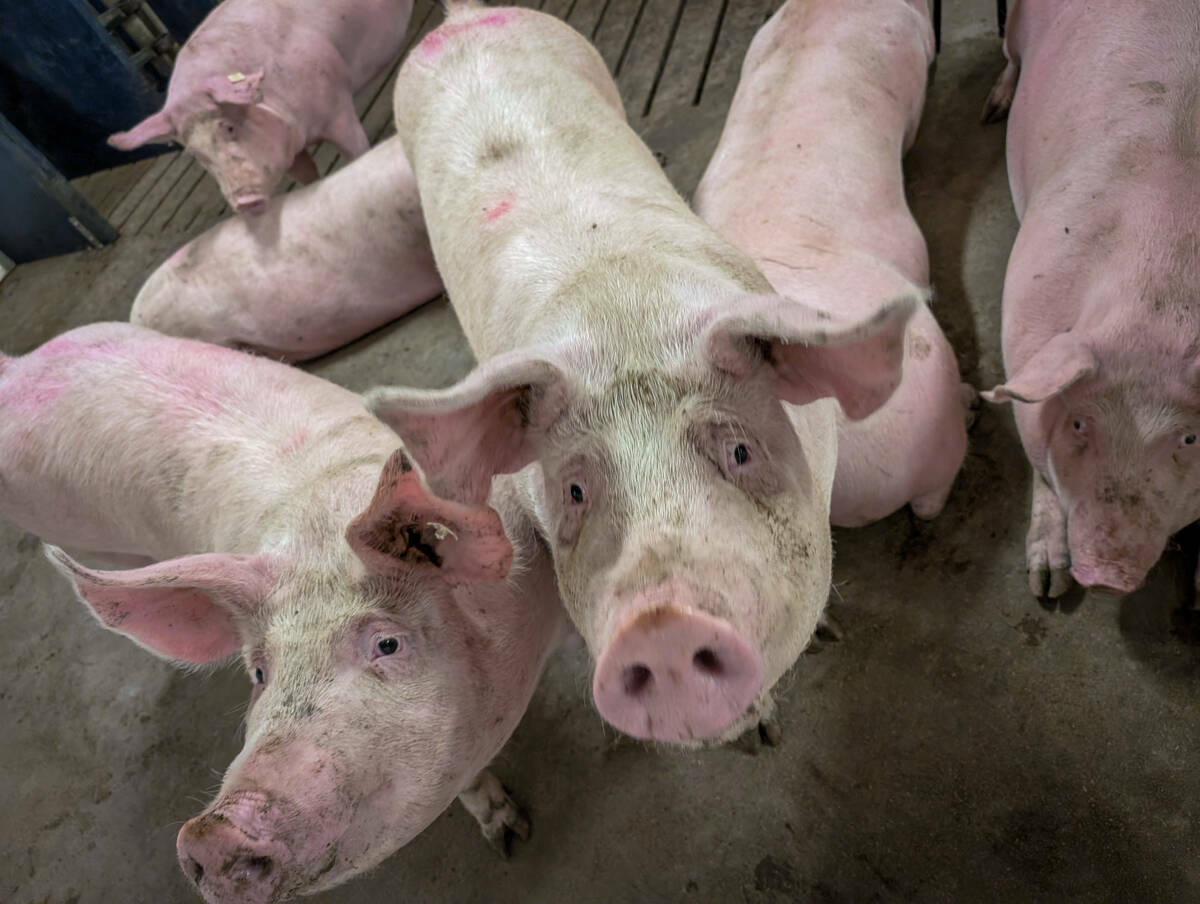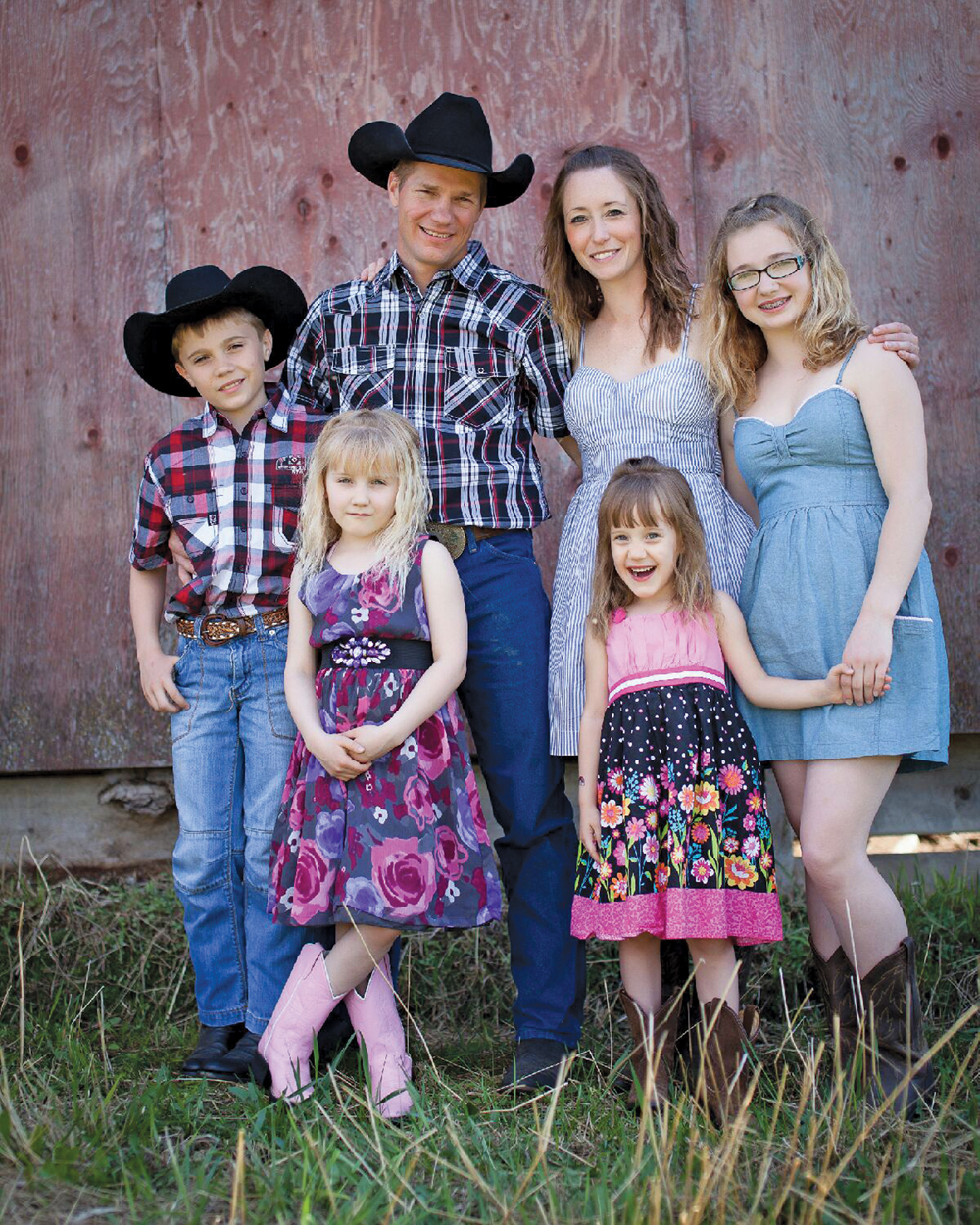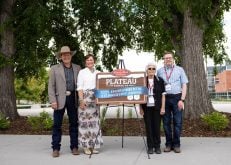The first thing ‘redneck ranchers’ plant is a post.
“That’s why we call it ‘redneck ranching’ — we definitely don’t work in the same manner as the conventional method,” said Amber Kenyon, who operates Greener Pastures Ranching with husband Steve and their four children.
“You need to start putting fences in and moving the animals around on pasture.”
The Kenyons, who operate a 1,200-head custom grazing operation near Busby, use four grazing concepts when moving their animals.
“I remember them as ‘grass’ — graze period, rest period, animal impact, and stock density,” Kenyon said at the Wildrose Bison Convention in March.
Read Also

Ottawa pauses update on food from cloned livestock
Health Canada has indefinitely suspended a proposed update to the novel food policy governing foods derived from cloned cattle and swine, as well as their progeny.
“If you can remember that, it will help you remember how often you’re supposed to move them and how many animals are supposed to be on your land.”
Graze periods are strictly a measurement of time — the shorter the better, she said.
“Basically, you want to make sure your animals are not taking a second bite off the tops of plants,” she said. “You can overgraze your paddocks by having 10 animals out on a quarter of land year round. You can also do mob grazing and have a ton of animals on one small piece, but if they’re not out there for very long, you’re not overgrazing.”
Rest periods go “hand in hand” with graze periods.
“With the rest period, you want to make sure the pasture has a chance to replenish itself before you ever put animals back on it,” said Kenyon.
“You’re basically rotationally abusing your land if you’re not giving it enough of a rest period.”
Animal impact refers to how the cattle work the earth while they’re on it. “We think that every piece of land should have animals on it, even if it’s cropland. You need animals to stimulate the soil to get everything moving.”
And finally, stock density is the number of animals in a paddock at any given time.
“You want to make sure there’s equal plant utilization and manure distribution,” she said.
“You want to have enough animals on that they’re all going to take one bite off the top of each plant before you move them, but no more than that.
“You also want to have that manure spread evenly over so that you don’t end up having to go and rake it. You can just move off and have those nutrients go back into the soil.”
By following these grazing principles, the Kenyons have been better able to manage weeds and collect moisture, especially in a drought year like 2015.
“Last year was a pretty hard drought, and I’m guessing this year is going to be the same,” said Kenyon. “Because we leave that residue, we’re holding on to all the snow that’s come. That way, we’re not going to have pasture problems come the middle of summer when there’s a drought.”
In a drought year, it can be tough to balance the needs of the animals with the needs of the land, she said. But ranchers should leave “as much residue as they can cash flow.”
“In the past year with the drought, we did take down our pastures harder than what we would have in a normal year,” she said. “We need to make sure the animals are fed and that we still have an income coming in.
“But because we spent the last 10 years making sure those pastures were in good shape, we can do that for one or even two years. Nature will forgive one mistake. She just won’t forgive the same mistake over and over and over again.”















